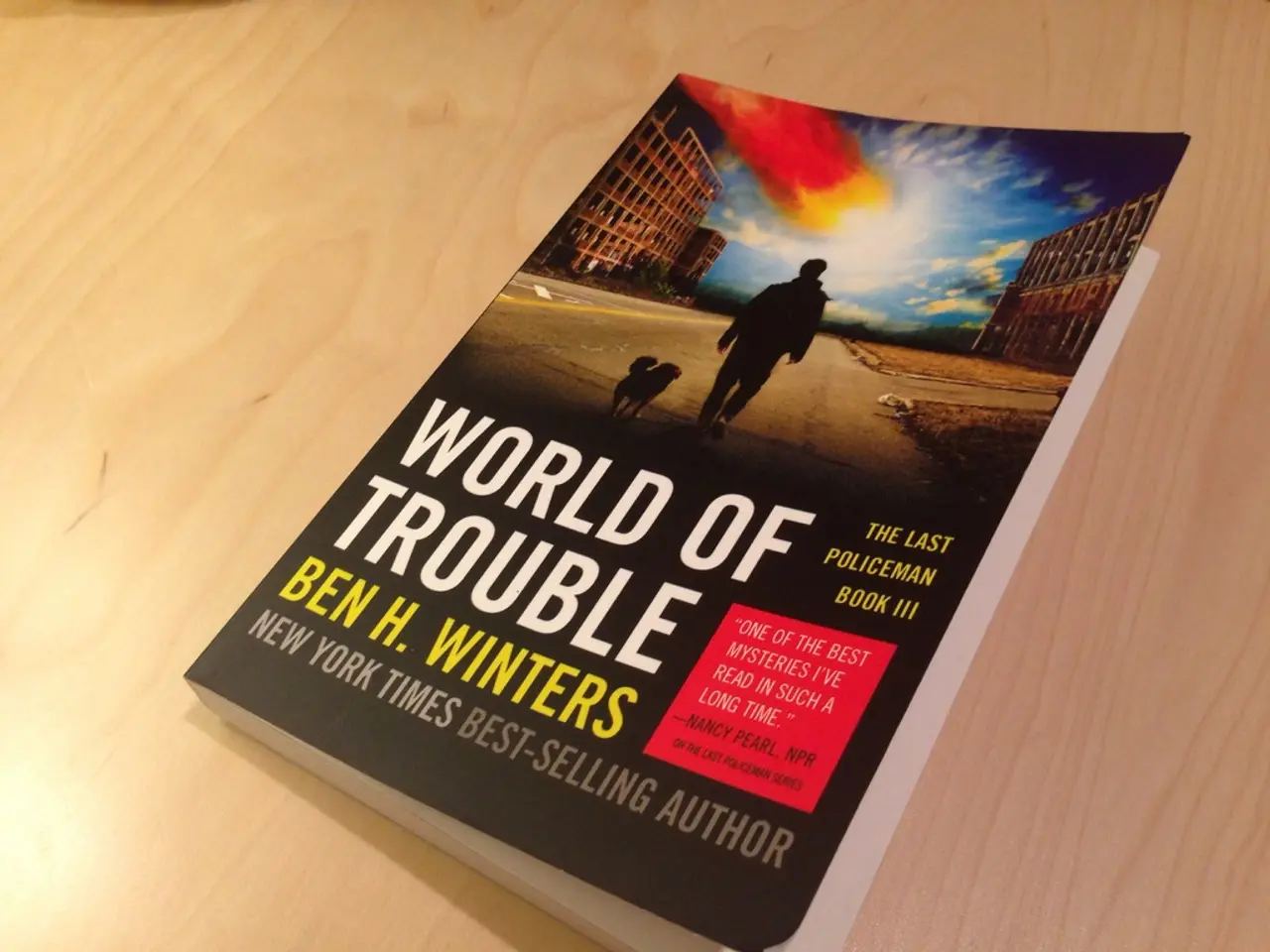EU Proposes 'Safe Fourth Country' Asylum Shift, Raising Human Rights Concerns
The European Commission has proposed a significant shift in EU asylum policy, moving towards a '(un)safe fourth country' approach. This marks a departure from previous attempts and raises concerns about its feasibility and impact on human rights.
The new proposal allows member states to send asylum seekers to countries deemed 'safe', even without a personal connection between the individual and that country. This risks undermining the aim of the Common European Asylum System, as states may shift burdens rather than share them.
Previous attempts at externalising asylum processing in Europe have had limited success. They have often slowed down procedures and increased the number of 'irregularised migrants'. Moreover, externalisation policies can hand power to authoritarian or unstable regimes, which can use migration cooperation as leverage against Europe. For instance, Italy attempted to transfer responsibility for asylum seekers to Libya, considered a safe third country, under a similar proposal.
The Commission claims this policy will ease pressure on national systems and accelerate procedures while maintaining legal safeguards. However, critics argue it raises human rights concerns and may not be legally sound, given past failures of such schemes. The proposal marks a significant shift in EU asylum policy, with potential implications for both the efficiency of the asylum system and the rights of asylum seekers.
Read also:
- India's Pragmatic Budget: Sitharaman Aims to Revitalise Growth, Alleviate Distress
- Eric Dane Diagnosed with ALS, Advocates for ACT for ALS
- Deepwater Horizon Oil Spill: BP Faces Record-Breaking Settlement - Dubbed 'Largest Environmental Fine Ever Imposed'
- Meta Unveils Ray-Ban AR Display Sunglasses; TikTok Agrees to $200 Million Deal




